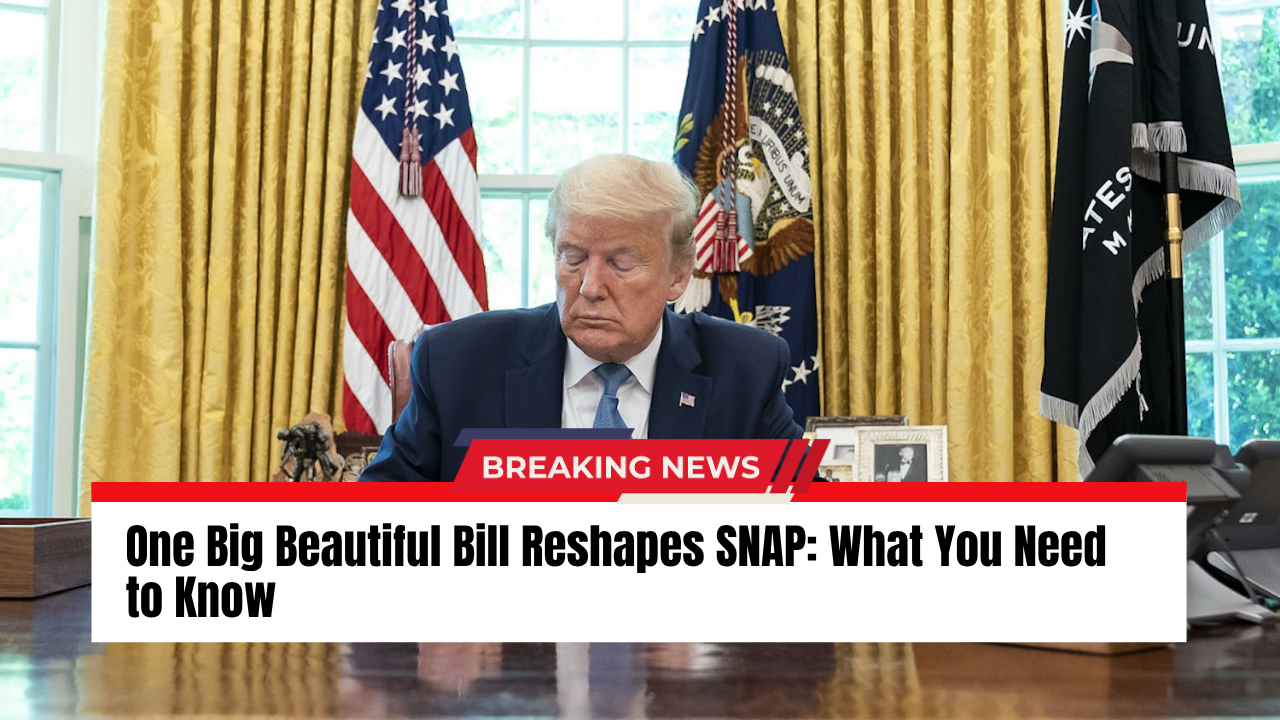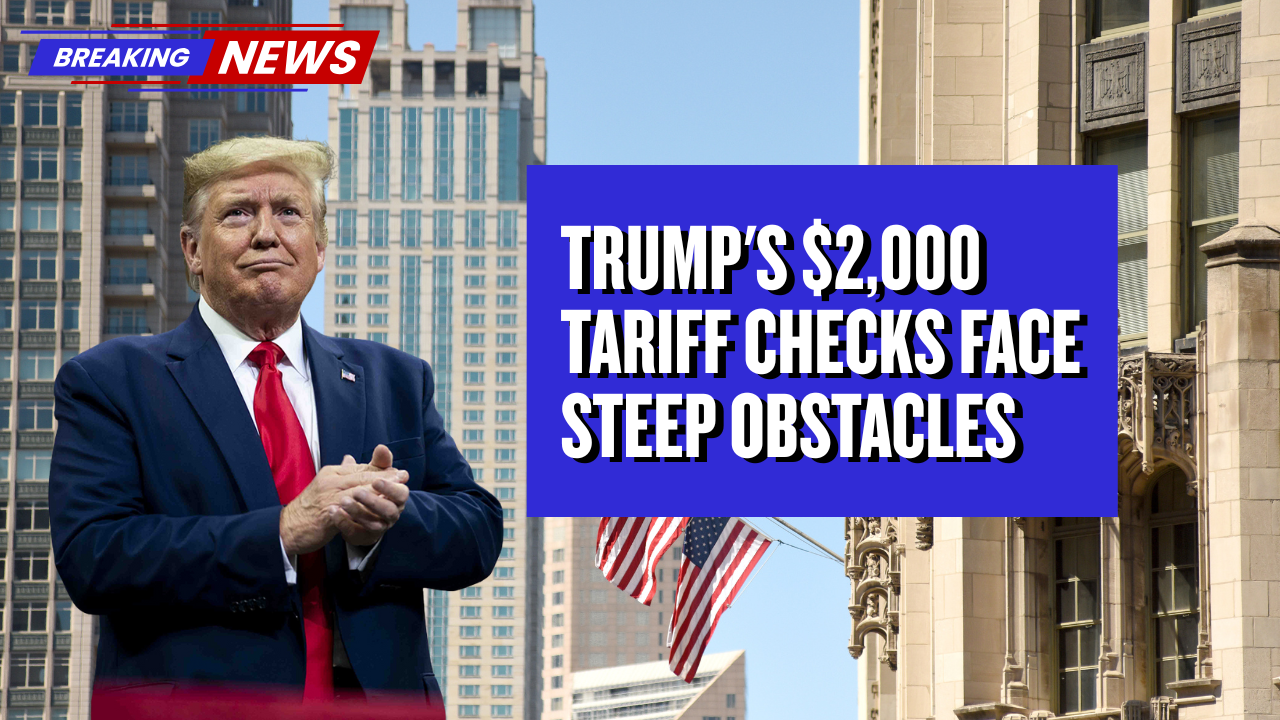As of November 1, 2025, the One Big Beautiful Bill Act (OBBBA) — a centerpiece policy from President Trump’s second term — is ushering in sweeping reforms that significantly reshape the Supplemental Nutrition Assistance Program (SNAP), America’s largest federal food assistance initiative. This legislative overhaul focuses on promoting fiscal discipline while transferring greater responsibility to states, fundamentally altering how millions of Americans access nutrition support.
Shifting from a Federal Safety Net to Shared State Responsibility
Since its inception, SNAP has been a federally funded lifeline against hunger, automatically stabilizing families facing unemployment or wage declines. With the OBBBA’s passage, states must now co-fund a portion of program costs that were previously covered entirely by the federal government. This decentralization aims to incentivize efficiency and local control but has raised concerns about uneven funding capacities across states, particularly impacting rural and poorer regions.
Stricter Work Requirements and Eligibility Changes
One of the most consequential changes under the OBBBA applies to able-bodied adults without dependents (ABAWDs). These individuals will now be limited to receiving SNAP benefits for just three months within a three-year period unless they meet new requirements, such as working, attending job training, or performing community service for at least 20 hours per week.
Exemptions remain for pregnant individuals and those with disabilities, but millions of others — including veterans, homeless persons, and young adults — face new hurdles to maintain eligibility.
Administration’s Perspective: Promoting Dignity Through Work
The Trump Administration defends these changes as pragmatic reforms restoring “dignity through work,” ensuring taxpayer dollars support opportunity rather than dependency. Key officials argue the policy will reduce federal spending, empower states to tailor programs, and encourage personal responsibility.
Critics Warn of Harsh Consequences for Vulnerable Populations
Opponents express deep concerns that SNAP cuts will exacerbate food insecurity and harm local economies. The Food Research & Action Center points out that every dollar spent on SNAP generates $1.80 in local economic activity, from grocery stores to small businesses. Reduced benefits threaten a ripple effect of economic contraction.
Rural areas, particularly in the South and Midwest where job opportunities are scarce, could experience disproportionate hardships. Lawmakers like Senator Debbie Stabenow characterize the reforms as “cruel” amid inflationary pressures and limited employment options.
Economic and Social Fallout Projections
The Congressional Budget Office estimates up to 5.2 million Americans could lose SNAP benefits by early 2026 due to funding shifts or failure to meet work conditions. Meanwhile, Feeding America anticipates a 30% rise in food bank demand, stretching charitable resources to their limits.
Broader Legislative Vision and Ongoing Debate
The OBBBA forms part of a larger legislative effort to streamline federal welfare, reduce program redundancy, and enhance state autonomy in social services. Proponents celebrate its emphasis on efficiency and personal responsibility, while critics warn it could dismantle decades of progress in reducing poverty and hunger.
The political battle remains active, with lawmakers preparing amendments and legal challenges that may shape or delay implementation.
What SNAP Recipients Should Know
- The new rules take effect on November 1, 2025.
- States will begin updating eligibility verification and cost-sharing mechanisms.
- Beneficiaries should stay informed through state health and social services agencies.
- Exceptions for certain vulnerable groups remain intact.



